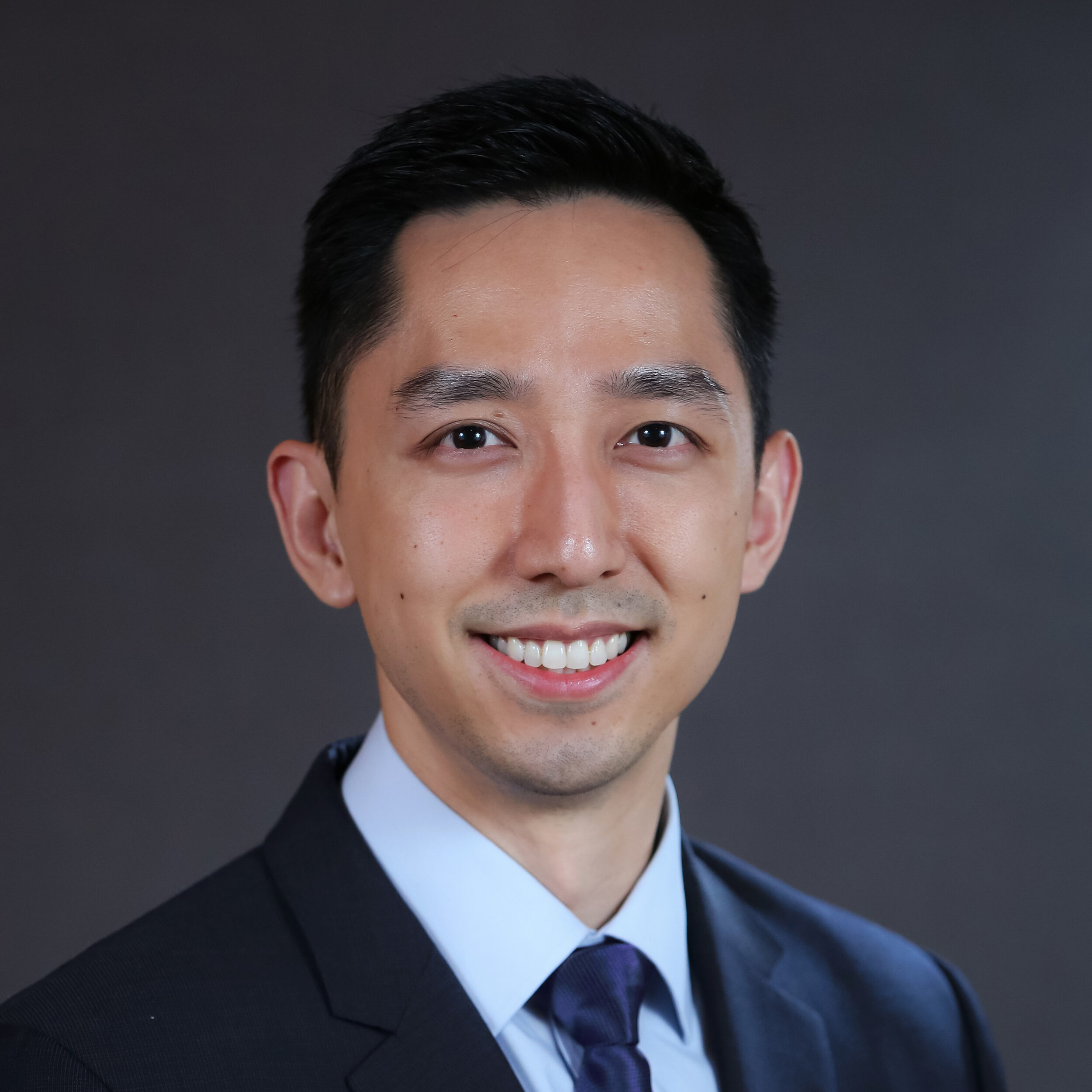Authors
William W. Schairer, MD, Benedict U. Nwachukwu, MD, MBA, Michael C. Fu, MD, Russell F. Warren, MD
Journal
Abstract
Purpose
To use a population-level dataset to evaluate the rate of 30-day complications after rotator cuff repair, and to evaluate the risk factors for complication and unplanned hospital readmission.
Methods
We used the American College of Surgeons National Surgical Quality Improvement Program from 2011 to 2015 to identify patients who underwent rotator cuff repair and concomitant procedures using Current Procedural Terminology codes. Postoperative complications and unplanned hospital readmissions were identified. Patient demographics, medical comorbidities, and perioperative variables were used in a multivariate logistic regression model to identify the risk factors for infection, any complication, and unplanned hospital readmission.
Results
A total of 23,741 patients were identified who underwent rotator cuff repair. Overall, 1.39% of patients experienced at least 1 complication, with 0.66% minor complications and 0.85% major complications. Unplanned readmission occurred in 1.16% of patients. Infection was the most common complication, occurring in 0.3% of patients (n = 72), and was the most common reason for return to the operating room. Open rotator cuff repair and male gender were independent risk factors for all outcomes. Increased age and numerous medical comorbidities were associated with the risk of any complication or unplanned hospital readmission.
Conclusions
Rotator cuff repair has a low incidence of short-term complications. Infection was the most common complication. Open repair, male gender, increased age, and medical comorbidities all significantly increased the risk of complications and hospital readmission.
Level of Evidence
Level IV, case series.
About the Author
Dr. Michael Fu is an orthopedic surgeon and shoulder specialist at the Hospital for Special Surgery (HSS) in New York City (NYC) and New Jersey (NJ), the best hospital for orthopedics as ranked by U.S. News & World Report. Dr. Fu is an expert at shoulder rotator cuff repair surgery, shoulder instability surgery, and shoulder replacement. Dr. Fu was educated at Columbia University and Yale School of Medicine, followed by orthopedic surgery residency at HSS and sports medicine & shoulder surgery fellowship at Rush University Medical Center in Chicago. He has been a team physician for the Chicago Bulls, Chicago White Sox, DePaul University, and NYC’s PSAL.
Disclaimer: All materials presented on this website are the opinions of Dr. Michael Fu and any guest writers, and should not be construed as medical advice. Each patient’s specific condition is different, and a comprehensive medical assessment requires a full medical history, physical exam, and review of diagnostic imaging. If you would like to seek the opinion of Dr. Michael Fu for your specific case, we recommend contacting our office to make an appointment.




